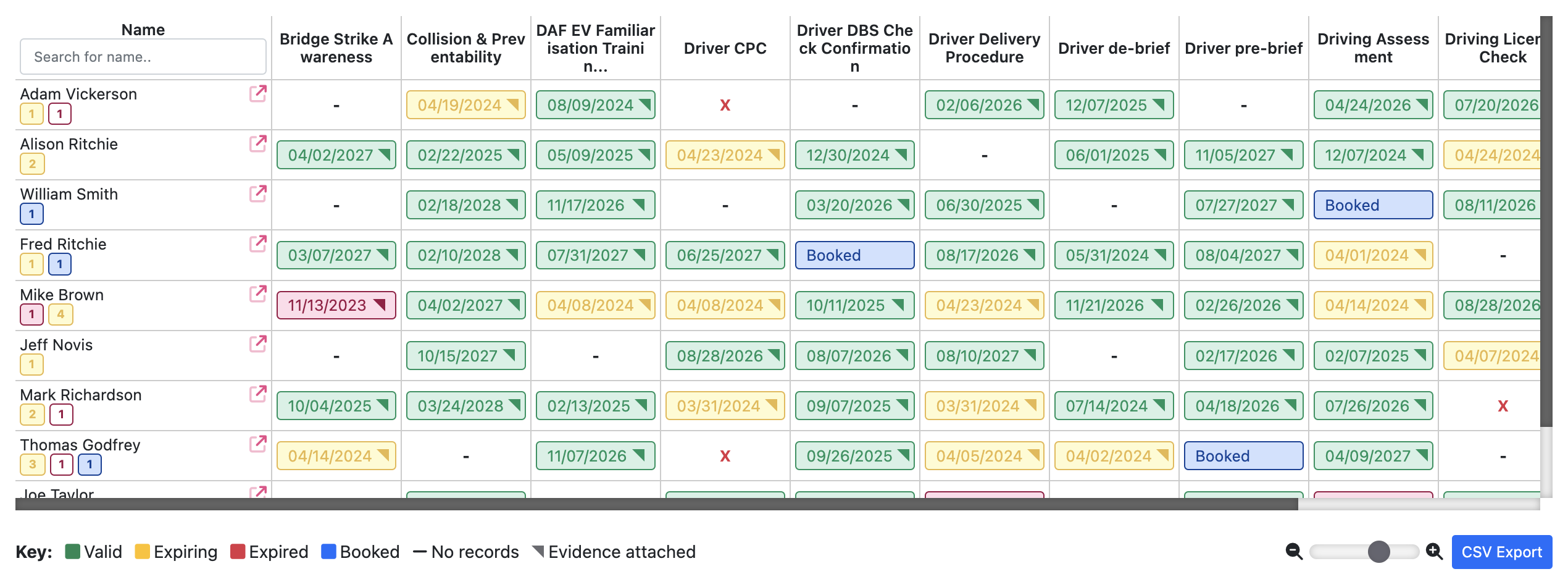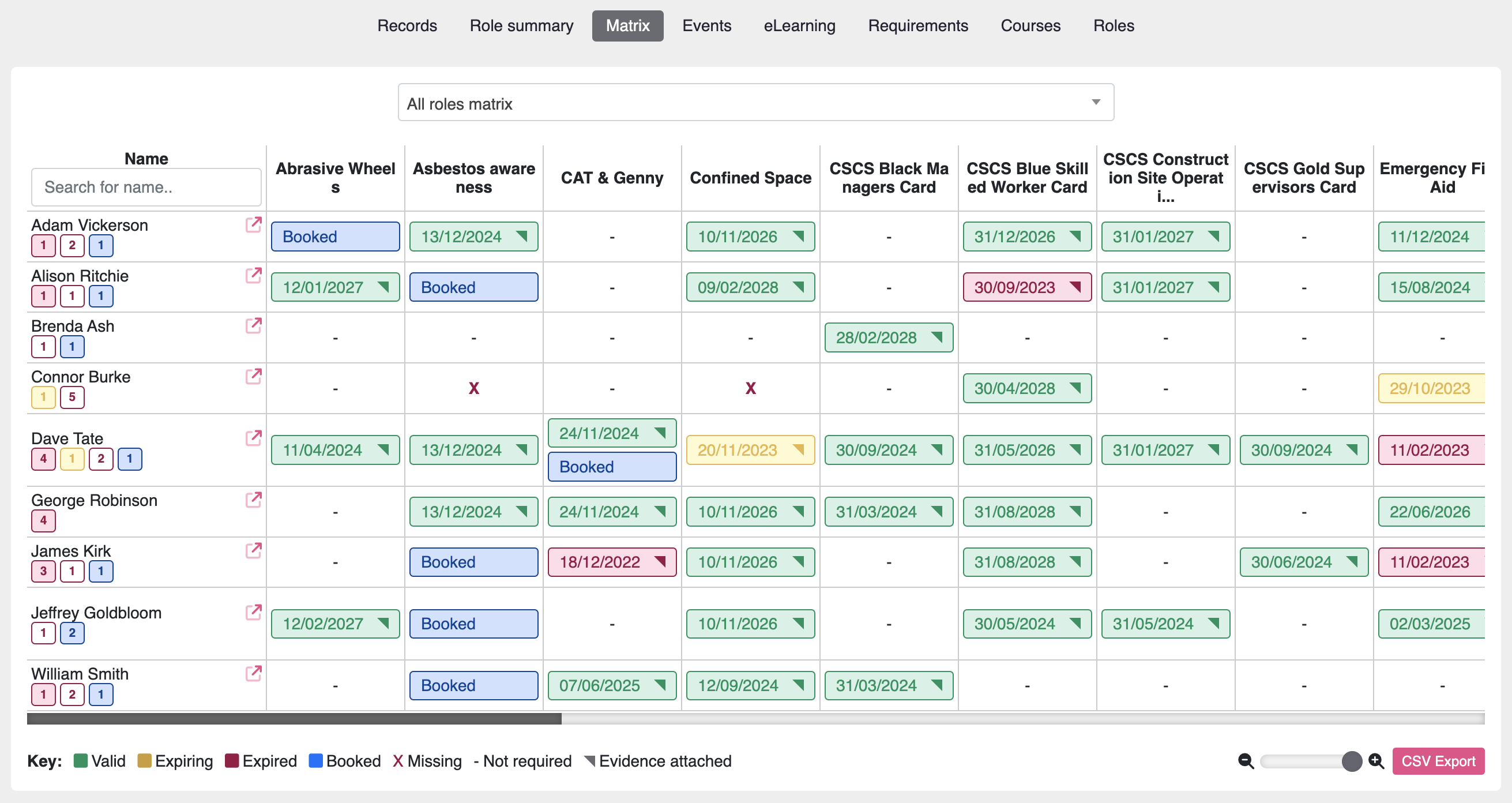IT Operational Challenges in a Hybrid World
In the evolving landscape of logistics, a significant challenge facing organisations is managing IT operations in a hybrid world. According to a recent article (source), 75% of companies are struggling with these challenges. This highlights the importance of implementing robust digital tools like an automated skills matrix, not just for skill management but also for addressing the complexities of a hybrid operational environment. Such tools can streamline processes, enhance remote collaboration, and support the dynamic needs of a digitally-transformed industry.
What is an Automated Skills Matrix?
An automated skills matrix is a digital tool that helps organisations track and manage employee skills and knowledge. It provides a visual representation of the skills and competencies of each employee, making it easier to identify skill gaps and plan for training and development.
The Importance of a Skill Inventory
In the logistics industry, having a comprehensive skill inventory is crucial for success. With an automated skills matrix, you can easily keep track of the skills and knowledge of your employees. This allows you to identify areas where your team may be lacking and take steps to address them. A skill inventory also helps in succession planning. By knowing the skills and competencies of your employees, you can identify potential candidates for future leadership roles and provide them with the necessary training and development opportunities.
Skill Mapping for Effective Resource Allocation
Skill mapping is the process of matching employee skills with the tasks and responsibilities required for a particular job. With an automated skills matrix, you can easily map employee skills to specific roles and tasks, ensuring that the right people are assigned to the right jobs. This not only improves efficiency but also reduces the risk of errors and delays. By having a clear understanding of employee skills and capabilities, you can ensure that tasks are completed accurately and on time.
Benefits of Using an Automated Skills Matrix in Logistics
Now that we understand what an automated skills matrix is and why it is important, let’s explore the specific benefits it offers for the logistics industry. Improved resource management and increased productivity and efficiency are among the key benefits. An automated skills matrix ensures that tasks are assigned to employees with the necessary skills and knowledge, reducing the risk of errors and delays. By having a clear understanding of employee skills, you can also identify opportunities for cross-training and upskilling.
How to Implement an Automated Skills Matrix in Your Logistics Organisation
To implement an automated skills matrix in your logistics organisation, choose the right tool that is user-friendly, customisable, and integrates well with your existing systems. Identify the key skills and competencies required for each role, gather accurate and up-to-date employee data, train employees on using the tool, and regularly update and maintain the skills matrix.
Conclusion
An automated skills matrix is a valuable tool for the logistics industry, helping organisations improve resource management, increase productivity and efficiency, and make better data-driven decisions. Implementing such a system can help logistics organisations stay ahead of the competition and achieve their goals.
John is our co-founder and is responsible for software design and development and loves helping people solve problems using innovative software.


